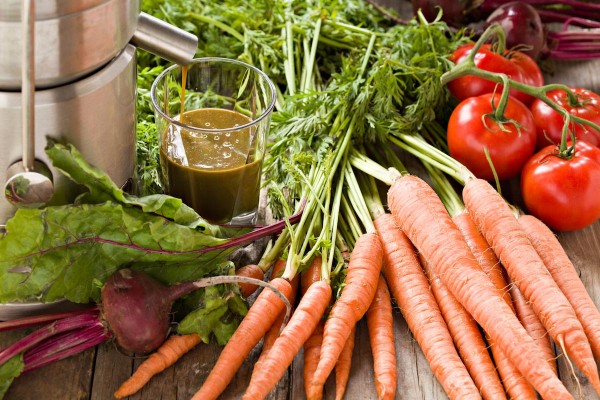
Advertisement
(Homesteading.news) It’s that time of year again when we’re ready to put seeds and seedlings back in the ground to grow the food we’ll eat, can and store for the coming year. And while there are lots of choices regarding which vegetables and fruits you ought to be growing, there are some staple foods that should to be in your garden, and carrots are one of those staple foods.
Why? For one thing, carrots are chock full of nutrients and vitamins. As reported by NaturalNews, carrots are naturally rich in antioxidants and dietary fiber as well. For every 100 grams, carrots only contain about 41 calories, with negligible fat content and no cholesterol.
Rich in vitamin A and beta-carotenes, carrots help protect against the development of mouth and lung cancers, research has shown. These compounds also help protect skin, along with flavonoids.
Researchers have also found that falcarinol found in carrots may actually help prevent some cancers because it destroys cells that are pre-cancerous.
In addition, fresh carrots are rich in vitamin C, supplying about 9 percent of the recommended daily allowance. Vitamin C contributes to healthier gums, teeth and connective tissue, and their antioxidant properties keep the body protected from other disease processes that are caused by free radicals. Finally, carrots are super-rich in vitamin B complex vitamins like B6, folic acid, thiamine and more, which aid in metabolism.
And yes, carrots also improve vision, through the vitamin A they contain. Plus, carrots are crunchy, sweet and useful in all kinds of recipes (or just stand-alone, as a juice).

So, what is the best way to grow carrots? How can you get a full, healthy crop of these icons of nutrition?
First, some basics: Soil quality. When above-ground plants do well but root plants, like carrots, don’t, that’s usually because you’re working with heavily compacted soil, like clay. The thing is, of everything that we grow, carrots require the loosest of soil – so if you’re stuck with poor soil quality, the best way around this is to put your carrots in a raised bed.

Also, note that carrots can get too many soil nutrients, and if that happens, they are liable to wind up tasting woody and being hairy. This is especially true of nitrogen, which makes for the worst tasting carrots—so don’t use any kind of manure or chemical fertilizer. A better idea is to work into the soil about two inches of good compost. If you must add something, carrots do like a little phosphorus and potassium (the P and K members of the N-P-K scale, “N” being nitrogen), but make it light).
Carrots do best in warm, not hot, soil, but they taste best when harvested after a cold night, so this makes late summer – (mid-July to August 1) the ideal time to plant your carrot seeds. The green tops will love the summer sun while the roots love the warm soil. It takes about 70 days for carrots to mature; harvesting after a cold, frost-filled night really concentrates the sugars.
When planting, soak the growing area very well, sow your seeds thickly, cover with the smallest amount of soil-free mix, and mist in the mornings and evenings with moisture. Keep your seed packet handy for reference and harvest a test carrot exactly when the “Days to Mature” is indicated. If it is light in color then wait to harvest the rest because they are not yet mature; if the color is okay but the taste isn’t, then you’ve waited too long. Best to harvest first thing in the morning after a cool night.
Homesteading.news is part of the USA Features Media network of sites.
Submit a correction >>
Advertisement
Advertisements















